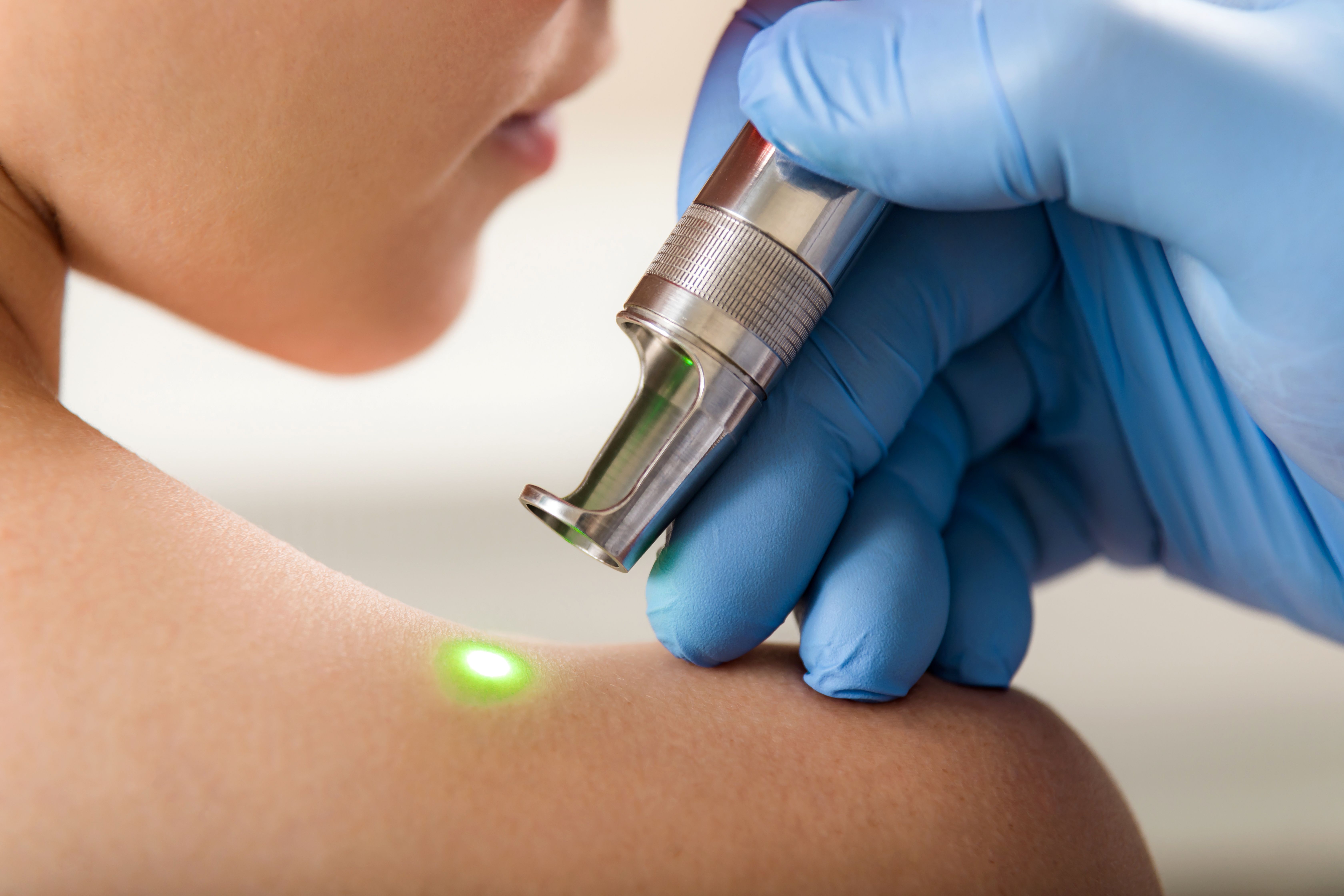- Acne
- Actinic Keratosis
- Aesthetics
- Alopecia
- Atopic Dermatitis
- Buy-and-Bill
- COVID-19
- Case-Based Roundtable
- Chronic Hand Eczema
- Drug Watch
- Eczema
- General Dermatology
- Hidradenitis Suppurativa
- Melasma
- NP and PA
- Pediatric Dermatology
- Pigmentary Disorders
- Practice Management
- Precision Medicine and Biologics
- Prurigo Nodularis
- Psoriasis
- Psoriatic Arthritis
- Rare Disease
- Rosacea
- Skin Cancer
- Vitiligo
- Wound Care
Article
Eyes wide open: Patients, physicians embrace eyelash growth product
Author(s):
The new eyelash growth product Latisse (bimatoprost ophthalmic solution 0.03 percent, Allergan) is gaining a strong following among patients and their doctors.

Key Points

Most practices have been busy with the latest treatments and technologies for wrinkles, spots and sagging skin in recent years, but there was some skepticism over how much demand there truly was in the marketplace for an eyelash growth treatment.
"Until this area became known a few years ago with the introduction of over-the-counter products, I never realized how interested women were with it," says Omaha, Neb., dermatologist Joel Schlessinger, M.D.
The product is applied to the base of the upper eyelashes and is said to increase eyelash growth within eight to 16 weeks; however, Dr. Schlessinger says he has seen results in as little as four weeks.
"Additionally, once results are seen, it is possible to slow down or reduce the frequency of applications of the drug," he says.
Off-label use
Although it's an off-label use, patients may also see some benefit from applying the product to their eyebrows, Dr. Schlessinger adds.
"I tell patients they can apply a little to their brows once they have brushed their lids. Most of them appreciate this and wish to have longer brows as well," he says.
Latisse is only to be applied to the upper eyelashes, and Dr. Schlessinger says he has not had issues with compliance to those instructions.
"We tell patients that the product gets on the lower lashes when they come together, and that makes sense to them," he says.
Latisse is specifically a structural prostaglandin analog, a lipid compound derived from fatty acids designed to bind to prostaglandin (PG) receptors. The receptors are present in hair and particularly the dermal papilla and outer root sheath, according to an Allergan press release.
Mechanism of action
The drug's exact mechanism of action is not known, but it is believed that PG receptors have a role in increasing the percent of hairs in, and the duration of, the anagen or hair growth phase.
Latisse gained FDA approval in December 2008 following a phase 3, multicenter, double-blind, placebo-controlled trial involving 278 patients.
After once-a-day applications on the upper eyelid margins for 16 weeks, patients treated with Latisse showed statistically significant greater improvement (p < 0.0001 for each endpoint) than those in the vehicle group in the measurements of eyelash prominence, length, thickness and darkness, Allergan reports.
Adverse events
The most common adverse events observed in the trial were eye redness (3.6 percent), itchy eyes (3.6 percent) and skin hyperpigmentation (2.9 percent).
The latter can involve the darkening of eyelid skin, and while Dr. Schlessinger says he has not seen that side effect among the 100 or so patients he has treated, he says it is important to stop application if the complication occurs.
Allergan also warns of the side effect of iris pigmentation that has been seen in glaucoma patients (using bimatoprost at a much higher dose), but such cases are very rare, Dr. Schlessinger says.
"I tell patients that it is possible, but very unlikely ," he says.
Dr. Schlessinger says he also instructs patients to check with their ophthalmologist before using Latisse if there are any questions regarding glaucoma or other ocular conditions.
Dispensing
Since Latisse isn't covered by insurance programs, Dr. Schlessinger says practices can do patients a service by dispensing the product themselves, if their state allows.
Dr. Schlessinger, in fact, had his own practice licensed as a pharmacy to do so, and says the effort was worthwhile.
"We have seen quite a bit of interest, and it was well worth it to go through the hassle to get the pharmacy license," he says.
'Ripe for growth'
So far, in the eyelash growth field, Latisse is the only prostaglandin on the market, but over-the-counter products derived from peptides, including Marini Lash from Jan Marini, RevitaLash (Athena), MD Lash Factor (La Canada Venture) and RapidLash, have helped to stir interest in the concept of eyelash growth. Dr. Schlessinger says he expects demand for such products to grow.
"Many of my patients have loved the (over-the-counter products) as well, so it seems this area is ripe for growth, and there's no way we can keep a 'lid' on it!" he says.
Disclosure: Dr. Schlessinger is an adviser and researcher for Allergan.
Newsletter
Like what you’re reading? Subscribe to Dermatology Times for weekly updates on therapies, innovations, and real-world practice tips.













